
In the 1960s, blog reader Werner Frank acquired a number of lamps bearing strange inscriptions. Can a reader make sense of them?
In 1890, a year after her wedding, a Bavarian princess received two encrypted postcards. Can a reader decipher them?
In Canberra, Australia, there is a set of eight steel pillars bearing encrypted inscriptions. So far, they have not received much attention in the codebreaking community. Some of the cryptograms are still unsolved.
Message B, a ciphertext left behind by British parapsychologist Robert Thouless, baffled codebreakers for over 70 years. Richard Bean from Brisbane, Australia, has now broken it.
In July, I introduced a bigram substitution challenge consisting of 1346 letters. Norbert Biermann has now solved it. It’s the shortest ciphertext of this kind that has ever been broken.
Earlier this week, I blogged about an encrypted newspaper ad from 1897. Seth Kintigh from Massachusetts has solved it.
US crypto expert Jim Gillogly broke over 1,000 transposition cryptograms created by IRA activists in the 1920s. Only one of these messages remained unsolved. Now, it has been broken by Richard Bean from Brisbane, Australia.
In 1897, an unknown person published an encrypted advertisement in the Daily Telegraph. The only two words left in the clear are JIM LOCKET. Can a reader break this cryptogram?
René Zandbergen is in my view the world’s leading Voynich manuscript expert. A talk he gave at HistoCrypt 2019 and his website provide interesting pieces of information.
British author Lady Gwendolen Gascoyne-Cecil encrypted a passage in her diary. This cryptogram has never been solved.
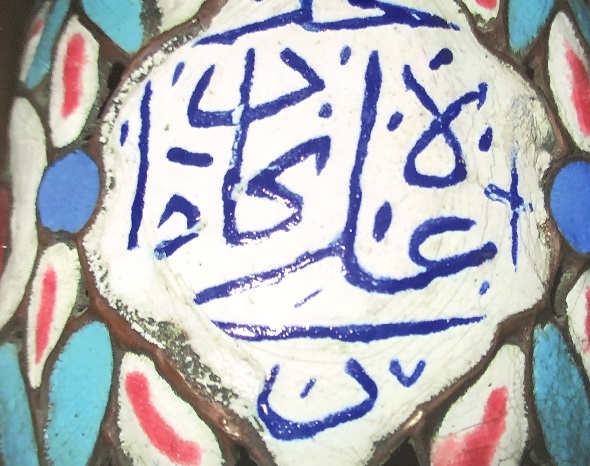
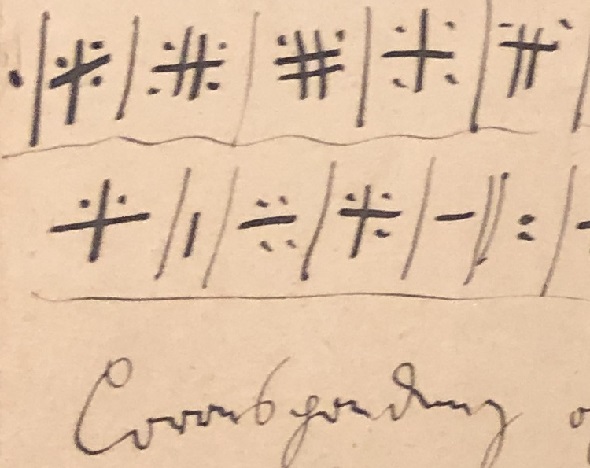
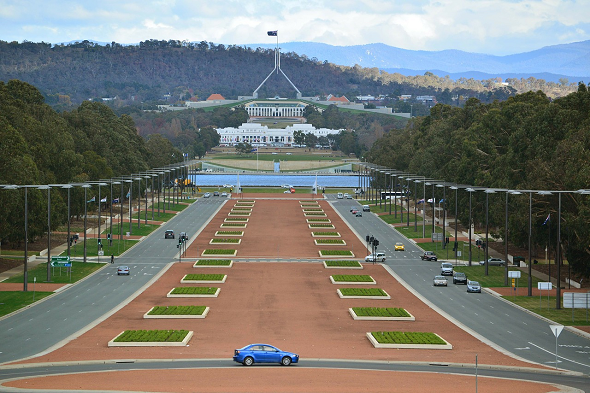
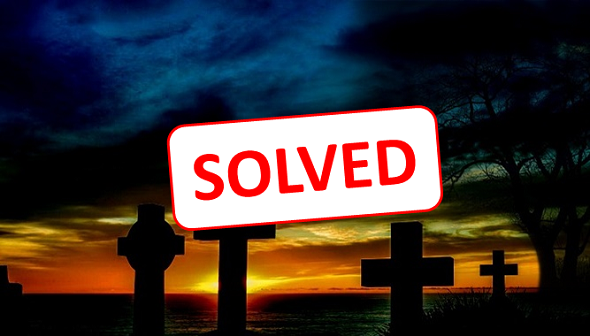

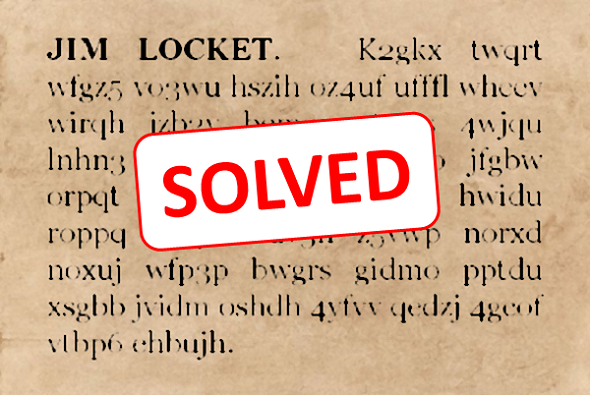
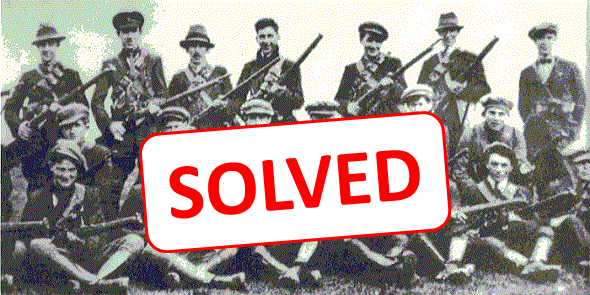
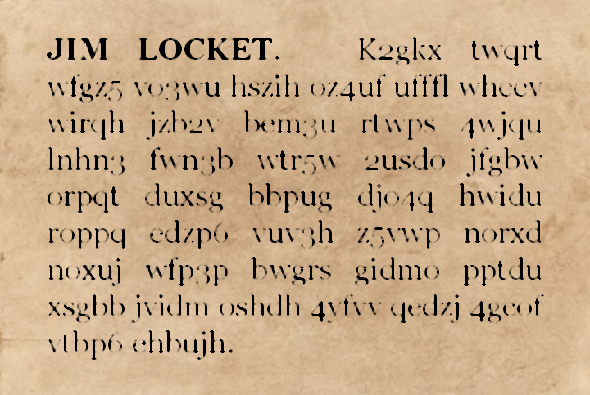
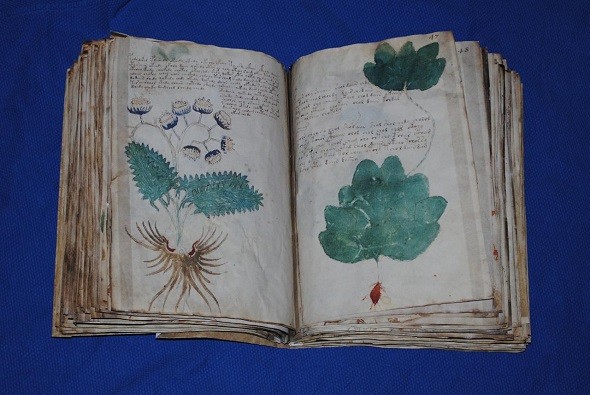
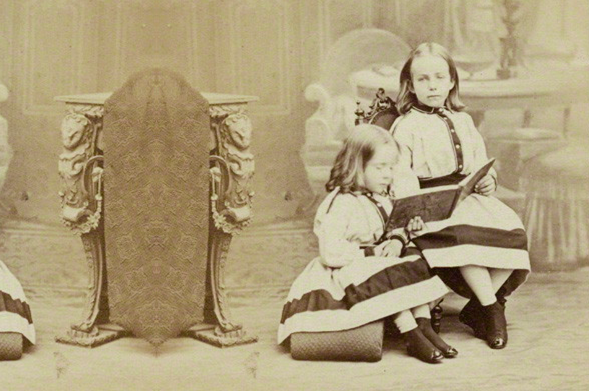

Letzte Kommentare